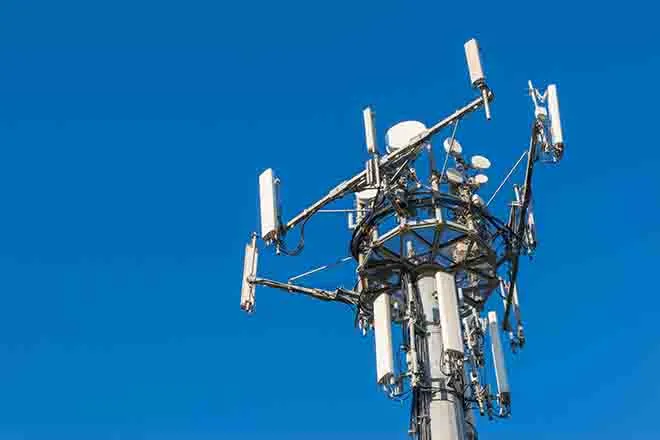
Real vs. artificial tree: Which is better for the environment?
Click play to listen to a version of this article.
(Indiana News Service) People across the country could get their holiday trees from tree farms or sales lots. But some families choose artificial trees, and each choice comes with environmental consequences.
Delaney Barber, energy and climate manager for the Hoosier Environmental Council, said live trees help store carbon dioxide in the atmosphere, but when they are disposed of, that process creates carbon.
"If it's just going into a landfill, it's probably the worst," Barber said. "It's going to degrade down over time because it is biodegradable, but it will release more emissions as it degrades."
One report on the website earth.org claims real Christmas trees have an average carbon footprint of almost eight pounds of carbon dioxide if destroyed in a wood chipper after use. In a landfill, the carbon footprint increases to 35 pounds.
Barber suggested that people take their live trees to designated drop-off sites in most cities for recycling, to create mulch or compost.
Artificial trees require minimal maintenance and can last for years. However, Barber explained, they're made from petroleum-based plastics and take hundreds of years to break down in a landfill. Where the tree is made presents more questions.
"Are you getting the fake Christmas tree from a U.S. manufacturer," she said, "or is it coming from overseas? And then, there's more transportation emissions for that."
About 80 percent of artificial Christmas trees are manufactured in China, with a lifespan of up to 30 years. Some companies are making them out of recycled materials, which helps reduce their carbon footprint.

















